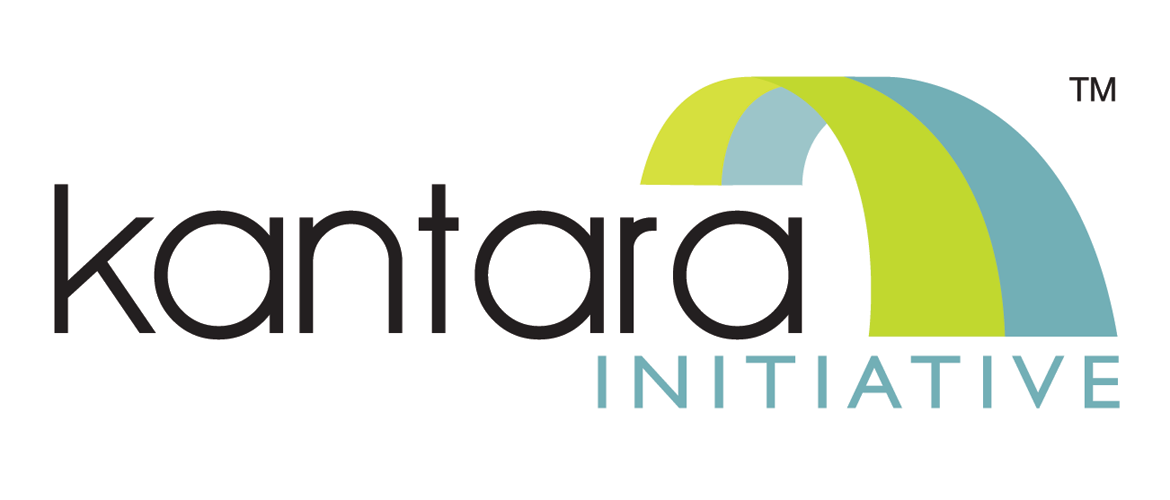Our 2023 #DEIA survey is now open! Click here to participate!
Author: James Hazard, CommonAccord
The Kantara Blockchain and Smart Contracts Discussion Group (DG-BSC) launched in July 2016 to work on the connection between identity management and the new movement of blockchains and smart contracts.
These three areas – identity, smart contracts and blockchains – are converging into an interoperable peer-based platform. Smart contracts create a platform to widely codify legal documents. We invite everyone with an interest in any of these fields – law, identity, smart contracts or blockchains – to join us in the DG-BSC.
Blockchains have been widely heralded for their ability to connect parties without reliance on an “intermediary,” an owner of the ecosystem. Smart contracts are a way to combine automation with legal meaning. Ideally, smart contracts could clarify and automate all of a person’s relationships and history. While the phrase and idea of “smart contracts” predates blockchains, the ideas are now commonly run together. That has impeded the use of smart contracts, notably in connection with identity.
Prying the ideas apart, we can see smart contracts as:
- Records that link to:
- Prose – for legal effect
- Code – for automation effect
The word “link” is critical. To avoid repetition, increase reuse and promote standardization, the record should rely on common components. This is unix-style architecture. Linking also promotes portability, an idea that is often lost in the blockchain discussions. In those discussions, the assumption is often that the canonical log of records for everyone will be held on a single blockchain, either one log for everything (among the maximalists) or one per domain. That is of course inefficient, insecure and, to the extent it includes personal information, often illegal.
Identity provides a better perspective. The goal must be to have each person be master of their own information, and to have that information be copied, distributed and retained elsewhere as little as possible.
Smart contracts therefore must work in wallets independent of the platform. They must be capable of independently calculating aggregate tax liabilities or overdrafts and warning of delivery and expiration dates. To the extent that blockchains are used for transactions, blockchain records must be copied to and compatible with the wallet, giving the person a full record of their transactions.
In blockchain use-cases, it is common to focus on legally “simple” uses. Of course, in law, as in life, nothing is simple, everything is connected and laced with assumptions, ambiguity, discretion, variation and chance. So, “simple,” means highly stereotyped. Transactions where there is an assumed common legal framework and the “legal” variations are limited. Variations more complex than merely price and quantity, but still tightly bounded – for instance voting protocols – or specific kinds of information exchanges. These assumptions can involve heroic reductionism regarding legal context. The most famous is the “TheDOA” disaster where a complex voting protocol wrapped itself in a declaration that its “law” was whatever the code did. Amplifying Lawrence Lessig’s famous “code is law” it essentially declared that “bugs are law.” Effectively, it created a $200 million bug bounty. A fox, declared a lawful resident of the hen house, claimed $50 million.
By embracing rather than shunning legal context, smart contracts can bring the desired transparency and efficiency across a very broad range of transacting, perhaps all of it, without running new legal risks or inventing new legal methods or concepts.
Records can link to “prose” that provides full-text versions of appropriate, well-understood, conventional legal text. The most obvious is of course “contracts.” Contracts are party-based self-governance – loosely called the “law of the parties.” In the best uses, legal text defines the expected performance, the assumptions of the parties, what to do in edge cases, and how to resolve disputes if things go badly wrong. There are paradigms – models or precedents – for all things that people actually do. Participants – businesses, agencies, courts, insurers and lawyers – know roughly what to do with each of them. Law has accumulated rules and knowledge regarding them. There is a huge platform of people and institutions that already “mine” legal meaning from legal documents.
Linking within the prose – the legal precedents – can similarly reduce redundancy, promote reuse and clarity. It can enable the legal function to work with the tools and dynamics pioneered in open source software collaboration. CommonAccord is an approach to linking legal context and code.
Identity is at the center of this. Wallet holders – human and “legal” persons – can regain control of their information. They should have full freedom over how and where to host their wallets. This requires that the record and “smart contract” layer be independent of the platform, equally able to work with and without blockchains. Linking records to their context is a simple way to do this.

